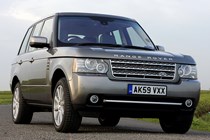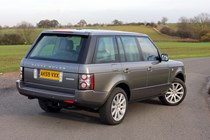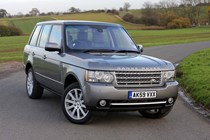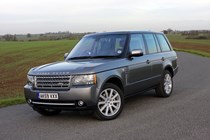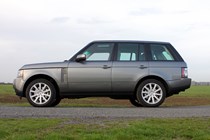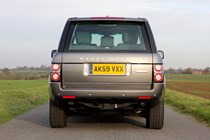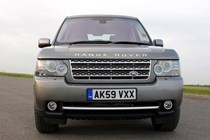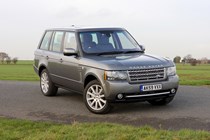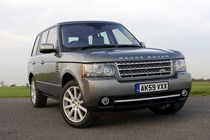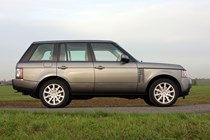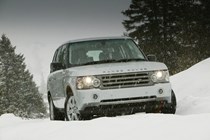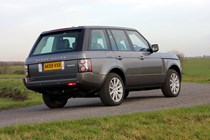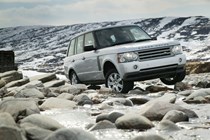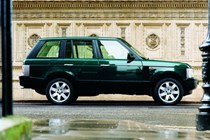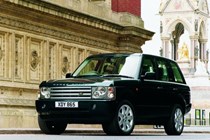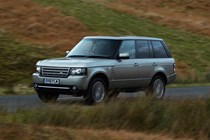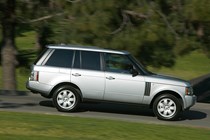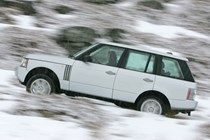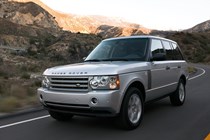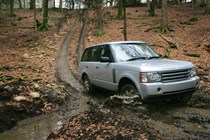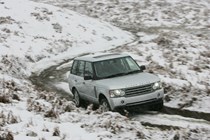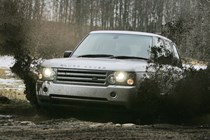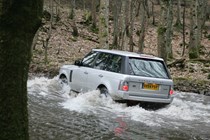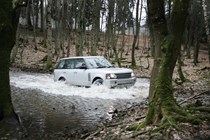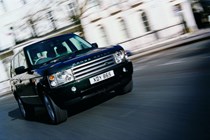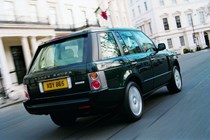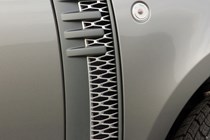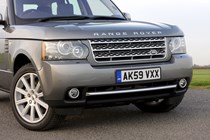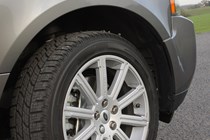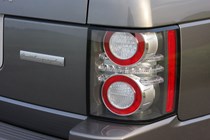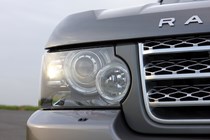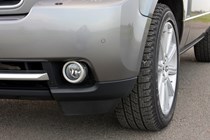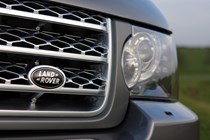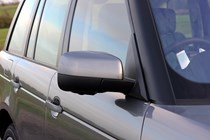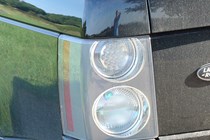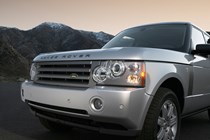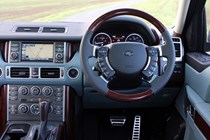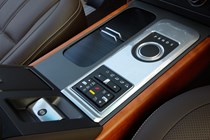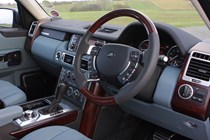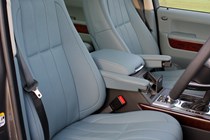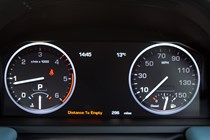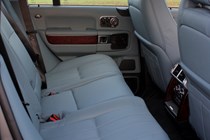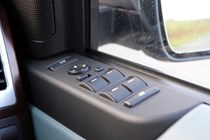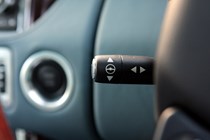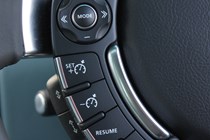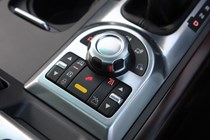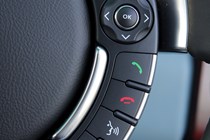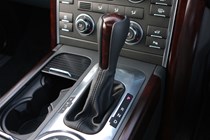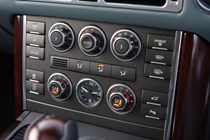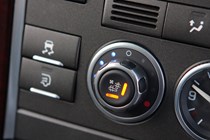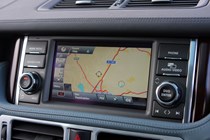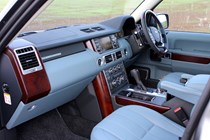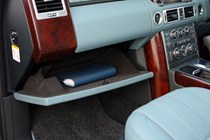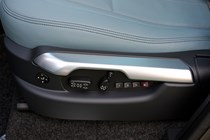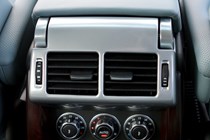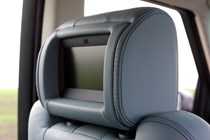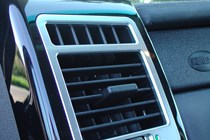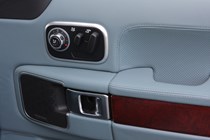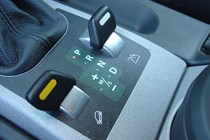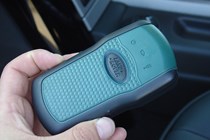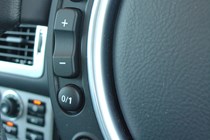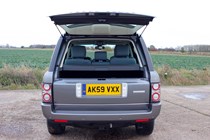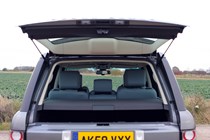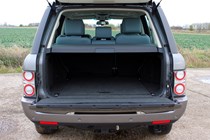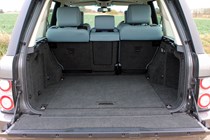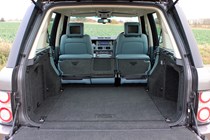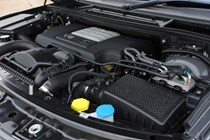
Range Rover Estate (2002-2012) engines, drive and performance
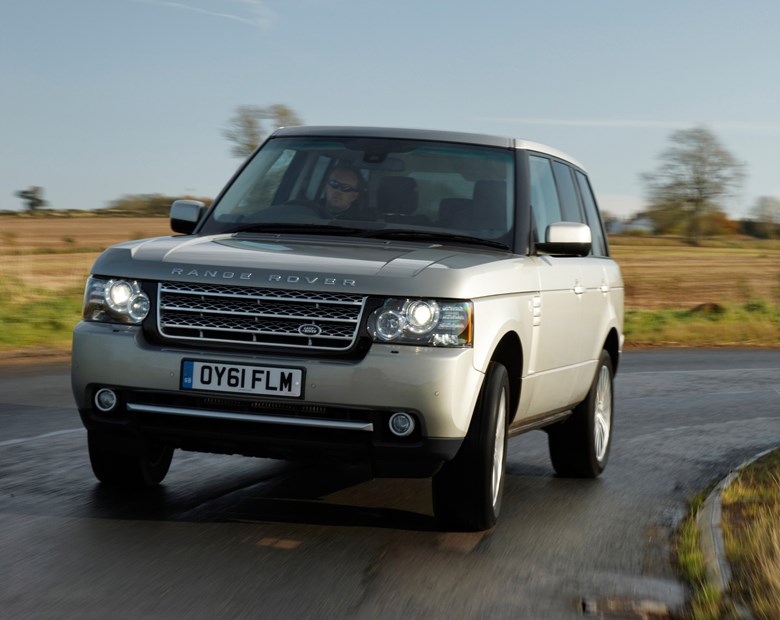
The earliest models used BMW engines, however in 2005 the petrol engine was replaced by a 4.4-litre V8 derived from the 4.2-litre used by Jaguar. Jaguar’s supercharged 4.2-litre V8 also makes an appearance in the top-of-the range model. The 4.4-litre develops 306bhp while the supercharged 4.2-litre V8 offers 400bhp. Both provide strong acceleration as you’d expect and the 4.4-litre reaches 60mph from rest in just over eight seconds.
The supercharged model does the same in just over seven seconds. However, the biggest seller is the diesel. Originally fitted with a 174bhp in-line six-cylinder turbodiesel, the Td6 model’s performance could best be described as ‘adequate’ in such a heavy car. But from September 2006 there is a 3.6-litre V8 diesel, which delivers about the same fuel economy as the old Td6 engine, but with much improved performance.
Masses of torque are available from 2,000rpm giving it excellent mid-range acceleration. In the 0-60mph sprint, the new diesel is only 0.3 seconds slower than the petrol V8. Early models had five-speed automatic transmissions, but from 2005 the petrol models had six-speed autos and the V8 diesel also comes with a six-speed auto gearbox.
A very sophisticated chassis not only gives the Range Rover immense performance in the wilderness, but also a controlled and responsive cornering capability. It isn’t as sporting as the best of the high performance 4x4s, but it isn’t far behind. The ride is also very comfortable matching that of most limousines. From 2005 onwards Range Rovers come with Terrain Response, a sophisticated off-road system which made its debut in the Discovery 3 in 2004.
Terrain Response is activated by a dial on the centre console and delivers the optimum driving set-up for nine different conditions. There is a general driving mode for on-road, plus settings for grass, gravel and snow along with a heavy-duty mode for mud and ruts. Revised models from 2009 are even better with improvements that make the Range Rover more capable off-road including sand launch control, which prevents wheels digging down in soft sand.
There is also a system called Adaptive Dynamics which has continually adjustable suspension that automatically adapts for the road and driving conditions. It cleverly optimises body control and ride for both on and off-road driving, giving added stability and reassurance. Elsewhere the revised car has an uprated braking system which gives improved stopping power and feel.


